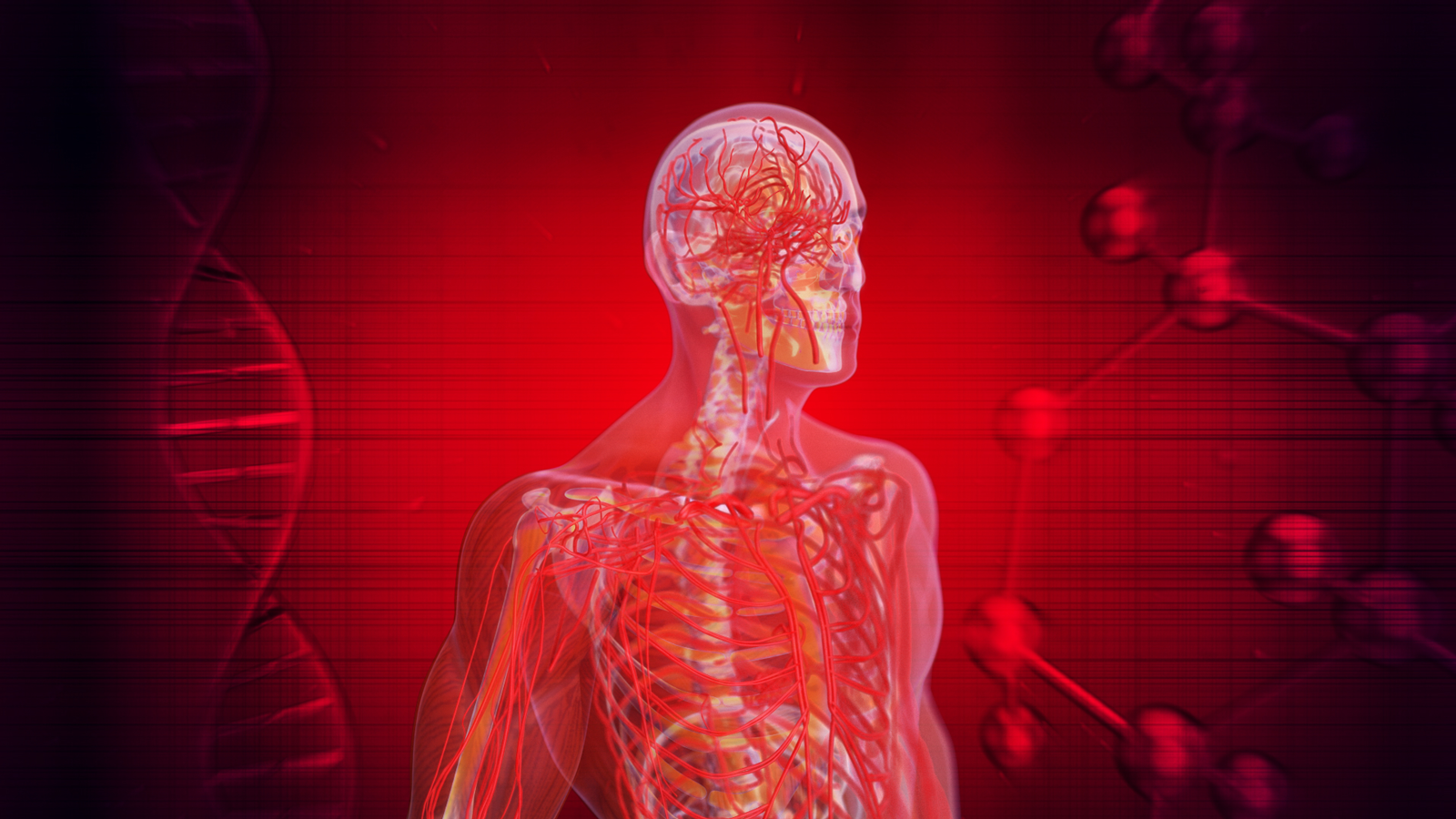- Swiss researchers analysed data from 1,630 people with HIV who died between 2005 and 2022
- While deaths from HIV fell, deaths from cancer and heart disease became more prominent
- More research on the prevention and treatment of cancer and cardiovascular disease is needed
The widespread availability of combination HIV treatment (antiretroviral therapy; ART) has led to dramatic decreases in deaths from HIV-related complications. As a result, researchers increasingly expect that many ART users will live well into their senior years.
However, some people with HIV die prematurely. To investigate such deaths, a team of Swiss researchers conducted an analysis of data from 1,630 people who died between 2005 and 2022.
Not surprisingly, the researchers found that deaths from HIV- and liver-related causes decreased over the course of the study. In contrast, deaths related to other causes—such as cancer and cardiovascular disease—became more prominent.
The Swiss scientists called for research on preventing and managing cancer and cardiovascular disease in people with HIV so that the risk of premature death can be minimized.
Study details
Researchers focused on 1,630 people with HIV who died; 76% were assigned male at birth and 24% were assigned female at birth.
Overall deaths
Over the course of the study, the age at which death occurred increased—from 45 years in the period 2005-2007 to 61 years in the period 2020-2022.
The proportion of people who injected drugs (PWID) who died fell from 46% in 2005-2007 to 23% in 2020-2022.
In contrast, the proportion of gay, bisexual or other men who have sex with men (gbMSM) who died increased from 23% in 2005-2007 to 39% in 2020-2022.
Changes in HIV-related causes of death
Overall, 9% of deaths were related to HIV. At the start of the study, there were higher rates of death from HIV-related causes such as infections (42%) and HIV-related cancers (44%). However, by the end of the study, deaths from these HIV-related causes fell to about 20%.
Focus on the recent era and HIV-related cancers
In the period 2020-2022, 10 people died from HIV-related causes. In most cases (eight), this was from complications associated with lymphoma. All eight people were taking ART in the last month of their lives, so non-adherence was not a factor. Of the two-remaining people, one died from pneumocystis pneumonia and the other died from an unspecified bacterial infection.
Liver-related causes of death
Chronic infection with viruses that infect the liver, such as hepatitis B virus (HBV) and hepatitis C virus (HCV), can cause injury and in some cases scarring of the liver. Scar tissue in the liver increases the risk of liver cancer over time. Highly effective treatments for HCV became available in 2014. Treatment is available for HBV that can help control it.
Over the course of the study, 166 people (10.2%) died from complications of chronic HCV infection. The most common causes of death were due to the following:
- HCV and extensive scarring of the liver (cirrhosis)
- HCV and liver cancer
- HCV and liver failure
Eight other people died from liver cancer related to HBV infection.
The risk of dying from liver-related causes fell considerably during the study as curative HCV treatment was rolled out.
Cancers unrelated to HIV or the liver
A total of 373 people (23%) died from cancers unrelated to HIV or liver-related causes (triggered by chronic HBV or HCV infection). The risk of dying from cancers unrelated to HIV or liver cancer increased over the course of the study. The most common forms of such cancers were as follows:
- lung cancer – 35%
- pancreatic cancer – 8%
People who died from these two forms of cancer tended to be between 50 and 70 years old and had a long history of smoking more than a pack of cigarettes daily.
Cardiovascular causes of death
A total of 158 people (10%) died from complications of a heart attack or stroke. People who had high cholesterol levels in their blood were at elevated risk for death from cardiovascular disease. Factors such as high blood pressure and diabetes did not affect the risk of death from cardiovascular disease, suggesting that these comorbidities were being prevented or well treated.
As more people survived, thanks to ART, and HIV-related causes of death diminished, deaths related to cardiovascular disease became more prominent.
Bear in mind
Overall, Swiss healthcare providers are making great strides in patient care, as the average age of people with HIV at death increased from 45 years at the start of the study to 61 years by the end of the study. During this time, deaths from HIV- and liver-related causes fell, while deaths from cancers unrelated to these causes rose.
The researchers noted that as HIV- and liver-related deaths decreased, there was “a gradual alignment of death causes with the general population [in Switzerland].”
For the future
The Swiss researchers called for studies to explore prevention and management of leading causes of death in their patients—namely heart attack/stroke and certain cancers. They encouraged clinicians to recommend both cholesterol-lowering medications and physical activity for their patients with HIV. Note that a large international study called Reprieve has found that the cholesterol-lowering medicine pitavastatin can significantly reduce the risk of death from cardiovascular disease in some people with HIV.
—Sean R. Hosein
Resource
REFERENCE:
Weber MSR, Duran Ramirez JJ, Hentzien M, et al. Time trends in causes of death in people with HIV: Insights from the Swiss HIV Cohort Study. Clinical Infectious Diseases. 2024; in press.

